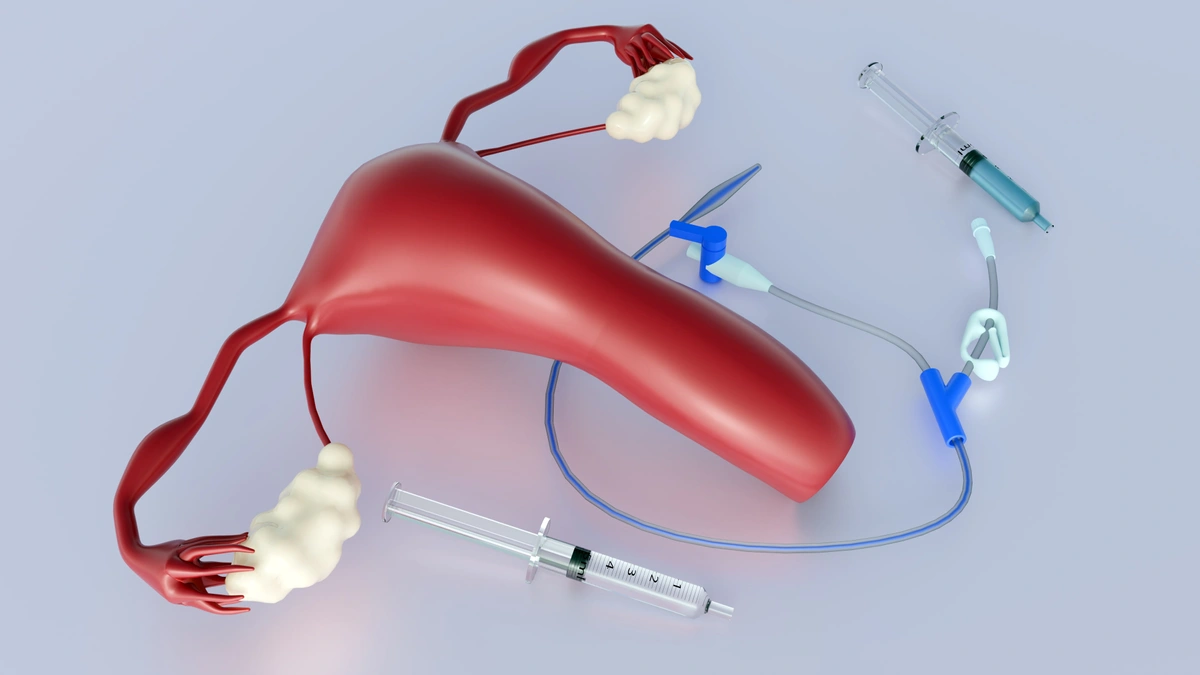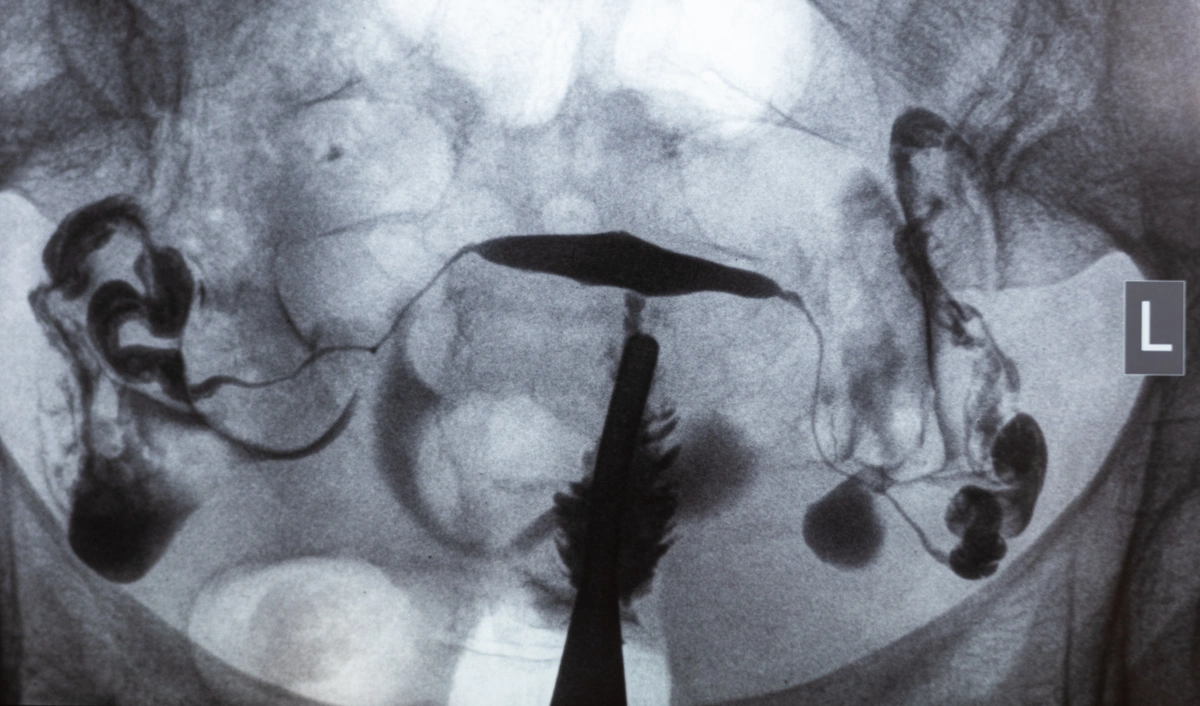
What Is an HSG Test? Understanding This Key Step in Fertility Evaluation
If you’re beginning your fertility journey, your doctor may recommend a test called a hysterosalpingogram—or HSG test—as part of your diagnostic evaluation. At Tennessee Fertility Institute (TFI), HSG testing is one of the most common and important tools we use to identify potential barriers to conception and plan your next steps toward building a family.
What Is an HSG Test?
An HSG (hysterosalpingogram) is a specialized type of X-ray used to evaluate the uterus and fallopian tubes. It allows fertility specialists to identify structural issues that may be affecting your ability to conceive naturally, such as:
-
Blocked fallopian tubes
-
Uterine abnormalities (polyps, fibroids, or adhesions)
-
Scarring from previous infections, surgeries, or endometriosis
By providing a clear image of the reproductive tract, HSG testing helps answer the question: Is there a physical reason why conception isn’t happening?
X-ray image of an HSG
What to Expect During the HSG Procedure
HSG testing is typically performed early in your menstrual cycle—usually between days 6 and 11 —after menstruation has ended but before ovulation occurs.
Here’s what you can expect:
-
Preparation
-
You may be asked to take an over-the-counter pain reliever (such as ibuprofen) about an hour before the procedure to ease discomfort.
-
Your doctor might prescribe antibiotics as a precaution to prevent infection.
-
The procedure takes place in a radiology suite and usually lasts less than 15 minutes.
-
-
During the Test
-
You’ll lie on an exam table similar to a pelvic exam.
-
A thin catheter is inserted through the cervix into the uterus.
-
A contrast dye is injected, and X-ray images are taken in real time as the dye flows through the uterus and fallopian tubes.
-
If the dye flows freely through both tubes and into the abdominal cavity, the tubes are likely open.
-
-
After the Procedure
-
Mild cramping or vaginal spotting is common for a day or two.
-
You can return to normal activities right away, although you may want to rest if you experience discomfort.
-
Illustration of a catheter used during an HSG
What HSG Results Can Tell You
The results of an HSG test can be pivotal in shaping your treatment plan:
-
Normal results indicate open tubes and a healthy uterine shape—allowing you to proceed with less invasive treatments like timed intercourse or intrauterine insemination (IUI).
-
Blocked fallopian tubes may require surgical intervention or a shift toward in vitro fertilization (IVF).
-
Uterine abnormalities can often be treated to improve your chances of a successful pregnancy.
Your care team at TFI will review your results in detail and guide you through your options.
Risks and Benefits of HSG Testing
Like any medical procedure, HSG testing has both benefits and risks to consider:
Benefits:
-
Minimally invasive
-
Quick and accurate insight into tubal and uterine health
-
May improve fertility—some patients report higher conception rates in the months following the test, possibly due to the flushing effect of the dye
Risks:
-
Mild discomfort or cramping
-
Rarely, allergic reaction to contrast dye
-
Slight risk of infection or spotting
TFI takes every precaution to ensure your comfort and safety throughout the process.
Take the Next Step with TFI
If you’re trying to conceive and haven’t yet undergone an HSG test, it may be the key to unlocking answers about your fertility. At Tennessee Fertility Institute, we’re committed to helping you understand every step of your journey—starting with a clear diagnosis.
Ready to learn more or schedule an evaluation?
Contact us today to speak with a member of our care team. Together, we’ll create a personalized plan to help you achieve your dreams of growing your family.



